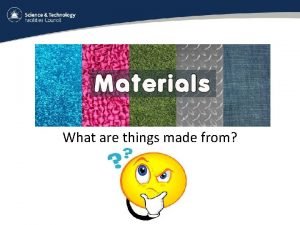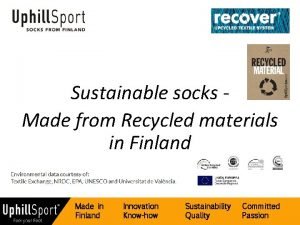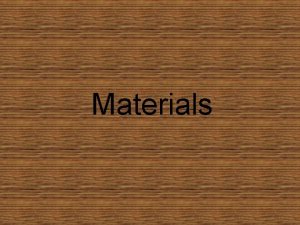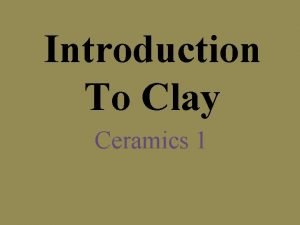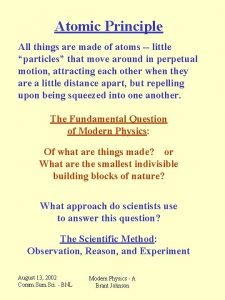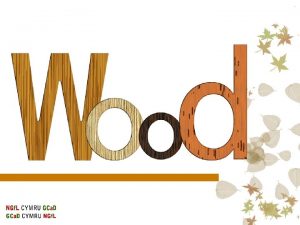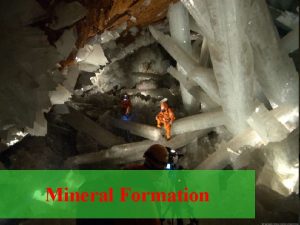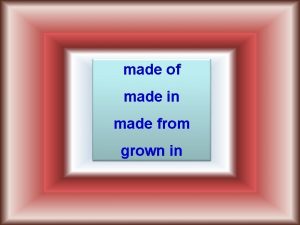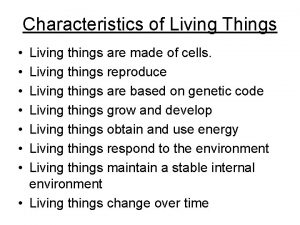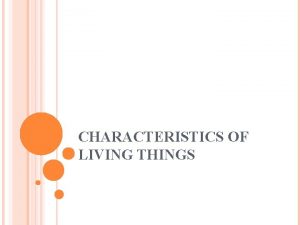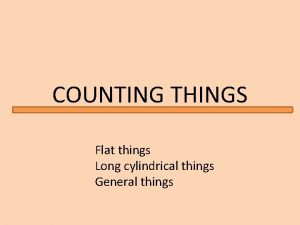Materials What are things made from Contents 1














- Slides: 14

Materials What are things made from?

Contents 1. Applications of Particle Physics: The ISIS Neutron and Muon Source 2. Spider webs 3. Imaging 4. Materials and microscopes 5. Rock hunt

Particle Accelerators: Applications As well as trying to answer fundamental questions about our Universe, particle accelerators have many practical applications. • Medical imaging • Medical treatment • Making electrical circuits • Studying stars • Cleaning water • Security • Studying chocolate

ISIS Neutron and Muon Source We use ISIS to: • Work out how to protect astronauts on the moon • Look inside vases from Ancient Egypt • Deliver medicine to fight cancer • Understand new, environmentallyfriendly, plastic

Microscopes We use microscopes to look at things which are too small for our eyes to see

ISIS Neutron and Muon Source

Materials and microscopes

Materials and microscopes We can learn more by looking at materials – like this leaf – through microscopes

Spider silk: Types of materials Natural materials are those that are found around us. Man made materials are ones we have altered or added together

Spider silk: Types of materials Spider silk is incredibly strong – an inch-thick rope could hold up a jumbo jet!

Properties of materials We can learn about properties of materials by using our sense of touch

Properties of materials We can make a record of how a material feels by taking a rubbing of the material This is a picture of glass, taking by an Atomic Force Microscope ‘rubbing’ its surface

Looking for clues Scientists learn about different properties by doing different experiments, and piecing together all of the clues

Acrostic poem Seeing the trees and the plants in the park Creating a spider web, looking for bark Inspecting materials, looking for clues Eyes can see little, microscopes we choose Natural science, a subject we study Climbing on logs, getting all muddy Exploring the park to find rocks with a letter Invisible rays, to see space better Nothing is safe from our inquisitive eyes Thinking up poems, in hope of a prize Hunting for clues, we are looking for rocks Earwigs and earthworms and maybe a fox Parks are here for much more than playing Art and for science and even for praying Remember to visit when you want some fresh air Keep your eyes open wide when visiting there
 Mikael ferm
Mikael ferm Cant stop the feeling go noodle
Cant stop the feeling go noodle Natural materials and man made materials
Natural materials and man made materials Things made of different materials
Things made of different materials Finland socks
Finland socks Man made and natural materials
Man made and natural materials Direct materials budget with multiple materials
Direct materials budget with multiple materials Matter useful and harmful
Matter useful and harmful Adopting and adapting teaching materials
Adopting and adapting teaching materials Introduction to clay
Introduction to clay Nuclear fission
Nuclear fission Which things made from cotton
Which things made from cotton 10 things made of wood
10 things made of wood Things made up of stone
Things made up of stone These are organic compounds made by living things
These are organic compounds made by living things



